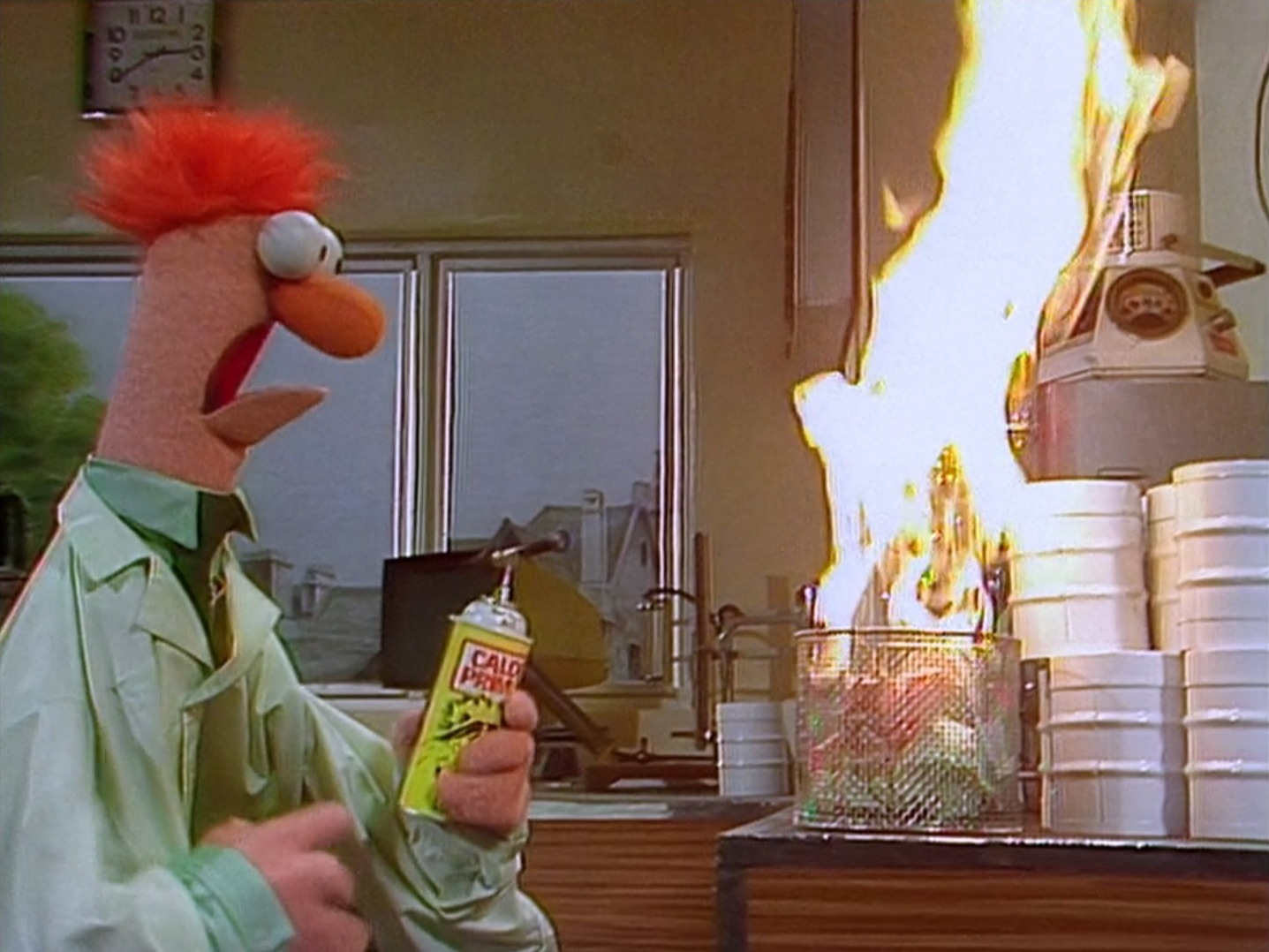 |
Saturday morning cartoons were some of the earliest exposures I had to science and technology. How do you remember them?
ThunderCats. Teenaged Mutant Ninja Turtles. He-Man. Denver the Last Dinosaur. Ghostbusters. Duck Tales. Voltron. Inspector Gadget. The Pink Panther. She-Ra. Tail Spin. Transformers. GI Joe. Smurfs. Muppet Babies. Scooby Doo. Bugs Bunny Road Runner Hour. The Snorks. Gummi Bears. Batman. Johnny Quest. Chip and Dale's Rescue Rangers. The Jetsons. Iron Man. Darkwing Duck.
If any of the above sound familiar, you probably spent a few Saturday mornings in front of the television waiting for the next installment of saving the world, solving mysteries, helping friends, fighting crime, and/or just generally having adventures. And you weren't alone. I asked Twitter followers to name their favorite Saturday morning cartoon last night, and got a flurry of answers in no time—and I'm still humming the Muppet Babies theme to boot. The Teenaged Mutant Ninja Turtles appear to have been a favorite. As were the Thundercats and Scooby Doo. But the golden age of Saturday morning cartoons is long gone. Changing educational standards, marketing regulations, and lifestyles helped put this particular tradition to bed. The rise of specialized cable networks also moved these programs away from the pedestal of Saturday. And as they are accessible at almost any time, they seem to have lost some of their magic. It became sort of like eating an entire box of cupcakes as a kid (bear with me): It seems like a good idea—cartoons all the time!—but you can get pretty sick pretty quickly. How many times can you watch the same programming before losing interest?
The violence portrayed by cartoons was a rallying point for many advocacy groups who decried the value of animated programming. The largest, and perhaps most well known of these, Action for Children's Television (now defunct), worked to reduce the number of commercials in these programs and raise the educational content. The group's efforts ultimately led to the creation of the Children's Television Act and stricter FCC content regulations. Despite this, it strikes me that these cartoons were some of the earliest exposure I received to science and technology. Yes, there was violence—evil doers tend to have impressive arsenals, and there is perhaps something sinister about the way Road Runner tormented Wile E. Coyote—but I'd argue that there was also reasoning and rockets and experiments.
 |
| Beaker deals with a lab fire. © Jim Hensen |
For example, let's consider some of the characters from the list above. Donatello was a geek and a Maker, developing vehicles and communications devices. And as intimidating as the Technodrome is, it was a mechanical marvel: the ultimate all terrain vehicle, imagine what would have happened had the Turtles not been able to deactivate it on time. Egon was a scientist! He built proton packs and an ectoplasmic containment unit to keep New York City safe from wayward spirits. Beaker and Dr. Bunsen demonstrated that science is not infallible—experiments go wrong, but you shouldn't give up! And they did this even as babies! Scooby Doo, the Pink Panther and Inspector Gadget championed deductive reasoning (though in the latter two cases, the heroes tended to have a little help). Red herrings were no match for cool logic when Scooby and the gang were on the case. Darkwing Duck, Ironman, Batman were Makers in their own right. And even the Gummi Bears could teach about pharmacology—what exactly went into that Gummiberry Juice?
 |
| The gang wraps up a case. © Warner Bros. |
Saturday morning cartoons weren't simply done in by the advocacy groups—the market changed: my nieces and nephews seem more interested in the teen dramas of the Disney Channel and outgrew cartoons fairly quickly. Perhaps the changes to the programming have made them too targeted—Dora can't grow with you, whereas the older cartoons that I remember seemed to do just that. I don't necessarily have the answer, but I do know that those instances, when there seemed to be no limit to what science and technology could do, have certainly stayed with me.
--
Photo: ThunderCats (ho!) © Warner Bros

Very interesting. I never really considered if or how I was influenced by cartoons to choose science/engineering as a field.
ReplyDeleteI remember watching Inspector Gadget. I didn't care all that much for the main character, but I liked Penny. It was the first time that I ever saw a notebook computer. Remember that book she carried around that was actually a computer? I always thought that was awesome.
I watched Robocop (the cartoon first) and then the movie (with parental permission, of course) and emulated the robot's programming on our family's ancient IBM pc.
What really got to me the most was Ghostbusters. I was absolutely obsessed with Egon. I used to 'make' proton packs in the basement. I would figure out ways to trap ghosts. In my eyes there was no cooler profession than scientist.
So, even though I hadn't really thought about it, I was surely influenced by cartoons as I chose my field of study in high school and college. I hope that we can continue to produce characters that inspire today's kids to work in the sciences.
Thanks for sharing, Will. Rereading this post today, I realize that there is something to be said here about children being impressionable and the impact of violence on developing minds, but I'm glad to note that these characters were also inspiring in a different way.
ReplyDelete